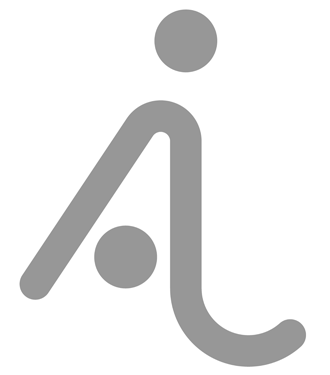Radiozoa
Digital Ernst Haeckel
Credits: Year 5 MArch project in DS10; Tutors: Toby Burgess and Arthur Mamou-Mani
A research project aimed to assemble a catalog of radiolarians as fabrication-ready digital models. The project was inspired by the work of German biologist Ernst Haeckel who published Kunstformen der Natur in 1904.
The book consists of 100 lithographic prints representing beautiful organisms realised by Ernst Haeckel over the course of his career. It was an influential piece of work, inspiring architects and artists of the Art Nouveau movement. Ten of the plates were dedicated to Radiolaria, Foraminifera and Diatoms, which had not been researched before and were thus brought to the attention of the Victorian scientists.
The Radiolaria - microscopic protozoa organisms found in the zooplankton throughout the ocean - produce intricate mineral skeletons with needle-shaped pseudopodia, composed of bundles of siliceous microtubules which aid in the Radiolarian's buoyancy. wikipedia.org
A parametric tool was designed which allowed the generation of a broad spectrum of radiolarian structures, based on twelve predefined geometric archetypes, each having the possibility to be further refined and fine-tuned through sets of parameters. The tool produced a clean mesh geometry, to be sliced into gcode instructions for FDM 3d printers. The models were fabricated using a self-built Rep-Rap type 3d Printer.
November 2013
JAM%2B-%2B07.jpg)
View of the parametric model

Original lithography from Ernst Haeckel - Kunstformen der Natur, published in 1904
JAM%2B-%2BA01.jpg)
Parametric Radiolaria - Plate 12
JAM%2B-%2BA02.jpg)
Parametric Radiolaria - Plate 13
JAM%2B-%2BA03.jpg)
Parametric Radiolaria - Plate 14
JAM%2B-%2B02.jpg)
3d printed model
JAM%2B-%2B01.jpg)
3d printed model
JAM%2B-%2B03.jpg)
3d printed model
JAM%2B-%2B06.jpg)
3d printed models
JAM%2B-%2BBlend%2B01.jpg)
Physical/digital model
JAM%2B-%2BBlend%2B04.jpg)
007
JAM%2B-%2BBlend%2B05.jpg)
008
JAM.d%2B-%2BBlend%2B02.JPG)
Physical/digital model
JAM%2B-%2B01.jpg)
3d printed model






